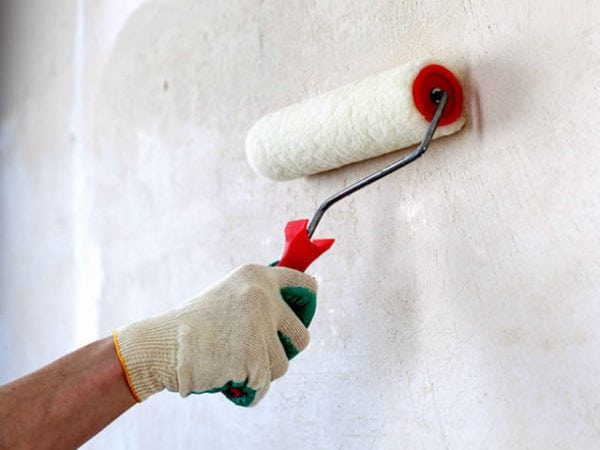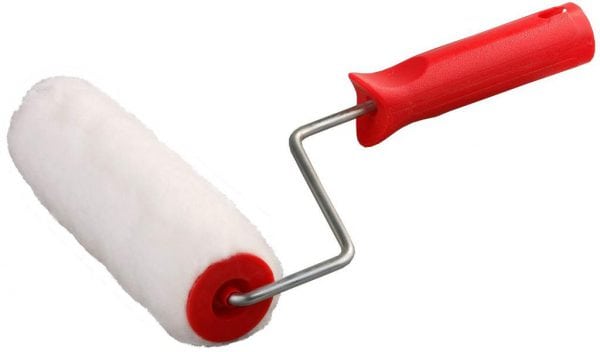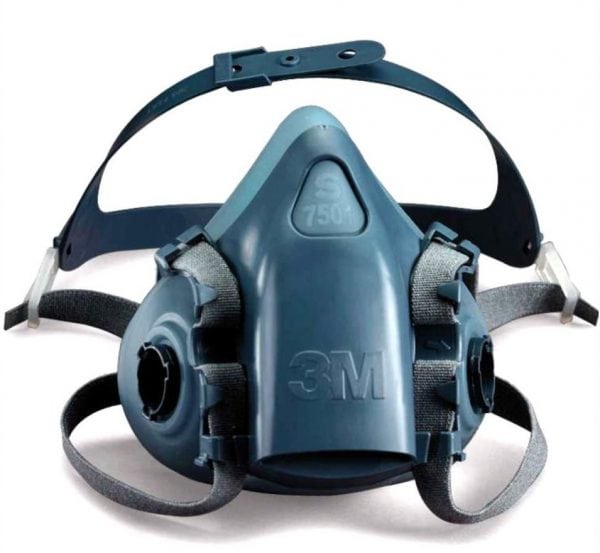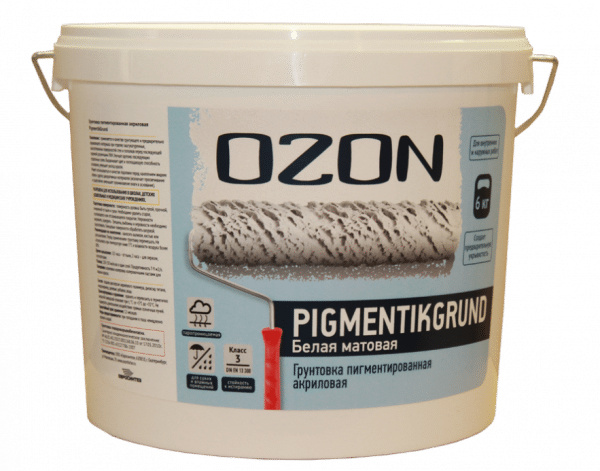Having started repairs, many often neglect such a stage as a primer. And in vain. Application of primers before wallpapering or painting will allow the decorative coating to adhere more firmly to the surface, and reduce the risk of defects during repair. But you should not take any mixtures for this, you need to know how to properly wall the walls, what needs to be used, and what is absolutely impossible.
- How to choose material for processing
- Necessary tools
- We prepare surfaces for work
- Getting to the primer
- Features of the processing of drywall surfaces
- Useful Tips
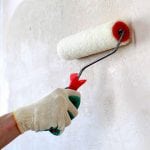
The primer correctly selected in accordance with the material of the wall or ceiling will make it possible to better finish the decoration of the room: the paint will be absorbed evenly, without drips and stains, the decorative plaster will lie evenly, there will be no wrinkles on the wallpaper.
to contents ↑How to choose material for processing
Many primer mixes are produced, among them it is easy to choose the right one, taking into account the surface to be processed. The main types of primer:
- Acrylic primer - can be used everywhere, except for metal surfaces. She is most popular among builders.
- Alkyd - good for untreated wood, it will smooth out all the bumps.
- Shellac - used for processing knotted boards.
- Polystyrene - although it lays well on wood and plaster, it contains substances harmful to breathing. It is not possible to prime walls in residential premises.
- Gliphthalic, perchlorovinyl and some other primers are suitable for metals.
- If there is a likelihood of mold or mildew, it is better to use mixtures with an antibacterial component.
Necessary tools
After the necessary primer is purchased, you need to stock up on the tool. For work, you need such devices:
- Foam or fur roller with medium-length pile. If the roller is already there, then you can simply purchase the “fur coat” necessary for it.
- Telescopic extension handle for the roller.
- Brushes of different widths.
- A bucket or other container where you can build a primer.
- Respirator if toxic mixtures are used.
- Sprayer (optional). Its use will help reduce the likelihood of sagging when applying the solution, will contribute to its uniform distribution.
We prepare surfaces for work
Before deciding how to apply the primer and decide where it is more convenient to start work, you need to prepare for this process:
- completely clean, putty surfaces;
- if there was wallpaper, then completely remove them (if they are poorly removed, you can wet them, then remove them, and then let the wall dry);
- old paint or whitewash removed;
- if the plaster is cracked, these places should be knocked down and fresh layers applied.
to contents ↑After drying the wall after soaking the wallpaper or applying plaster, you can proceed to the next step.
Getting to the primer
This process is simple: after reading the instructions on how to properly primer with this composition and how to breed, you can take on the brush and roller.
- If there are toxic substances in the composition, then a respirator must be worn before work.
- Dip the roller in a container with a primer, soak well, squeeze the excess on the edge of the vessel.
- You can start processing the walls. The process of impregnation with the composition will go much faster if you immediately put on the telescopic extension handle, after which various scaffolds are no longer needed. Walls can be processed immediately from floor to ceiling.
- It is necessary to ensure that the primer lies smoothly, without accumulating in one place, otherwise there will be a possibility of the appearance of stains and sagging.
- It is necessary to achieve uniform wetting of the surfaces, because the adhesion of the decorative finish to the wall depends on this.
- After processing part of the wall, it is necessary to lay the roller to the side, arm with tassels. They need to handle those places where it was not possible to get a roller: the joints of the walls, the places behind the radiator, the areas near the floor, ceiling. Then wait a couple of hours to apply a second coat.
to contents ↑Tip. It is extremely undesirable to accelerate the drying of walls by raising the temperature in the room or using additional heat sources. The primer dries quickly itself.
Features of the processing of drywall surfaces
Many do not consider it necessary to prime drywall. Why prime the places sheathed with drywall if its surface is already smooth and even? This belief is not entirely true, because when replacing the wallpaper glued to it without preliminary processing, it will not be possible to completely remove the old ones without damaging the bases. This can provoke peeling of the paper of the new coating, the appearance of bubbles.
When working with drywall, some features of the material must be taken into account:
- when priming, you can not use alkyd compounds, their chemical formula can disrupt the surface of drywall;
- if the direction of work does not play a big role when priming ordinary materials, then it is extremely important that the mixture is evenly applied with a roller from top to bottom over the entire surface to be treated, then let it dry well and you can start applying the decorative layer.
Useful Tips
A few recommendations that will tell you how to primer quickly and effectively:
- A porous, dry wall absorbs much more mortar than usual, so it is advisable to purchase a primer with a margin.
- To achieve a guaranteed result, it is better to prime twice, regardless of the surface condition.
- If you impregnate small sections of the wall, for example, first from its middle to the ceiling, and later at the bottom, the process will go faster, because you will not have to spend time changing the length of the telescopic handle.
- Closely monitor the uniform wetting of the surfaces, because the slightest hack work can impair the quality of the repair. This is a spoiled mood, additional costs for a new unplanned repair.
- If the wall is primed for painting, then the mixture is better to take white - this will help to avoid unnecessary shades in the color scheme. On white ground, the shade of paint is distributed more evenly.
- The primer must be carried out at a temperature of + 5 ... + 25 ° C, at a moisture content of not more than 70%. Changing these parameters leads to a violation of the quality of the impregnation and the speed of its drying.
Following these simple recommendations, you can make a quality repair yourself.
This can be done not only by professionals, but also by beginners with minimal painting skills.

